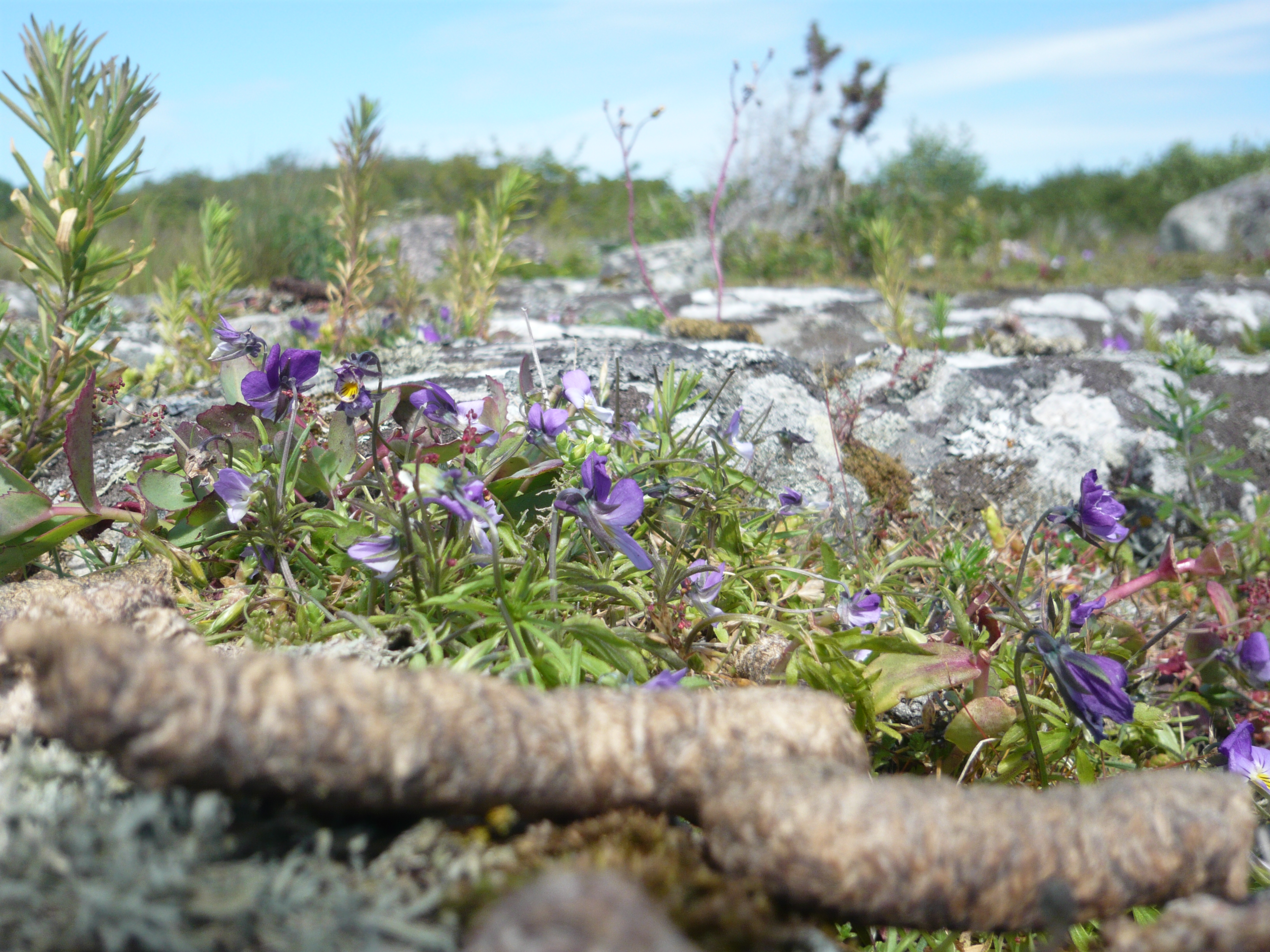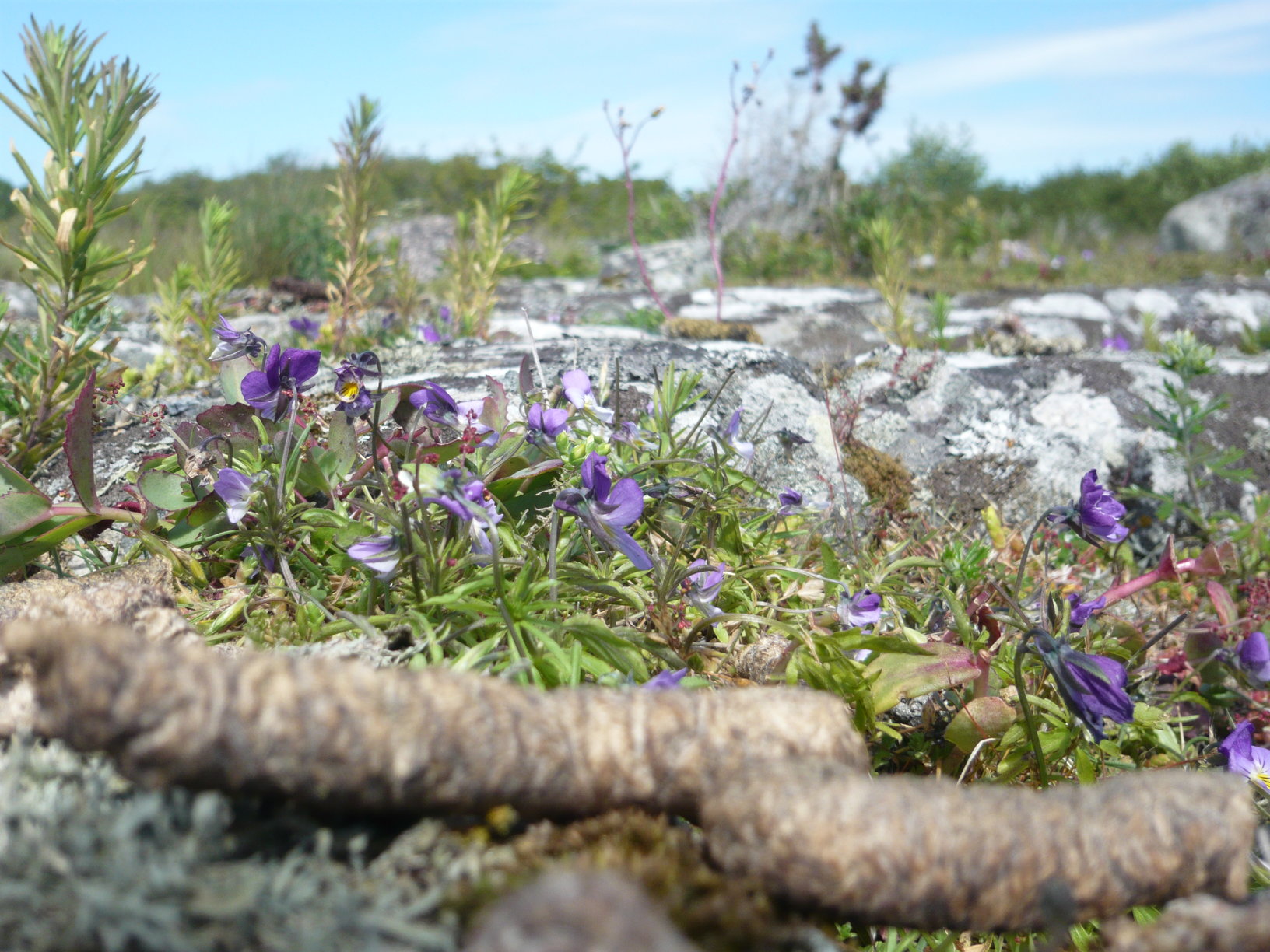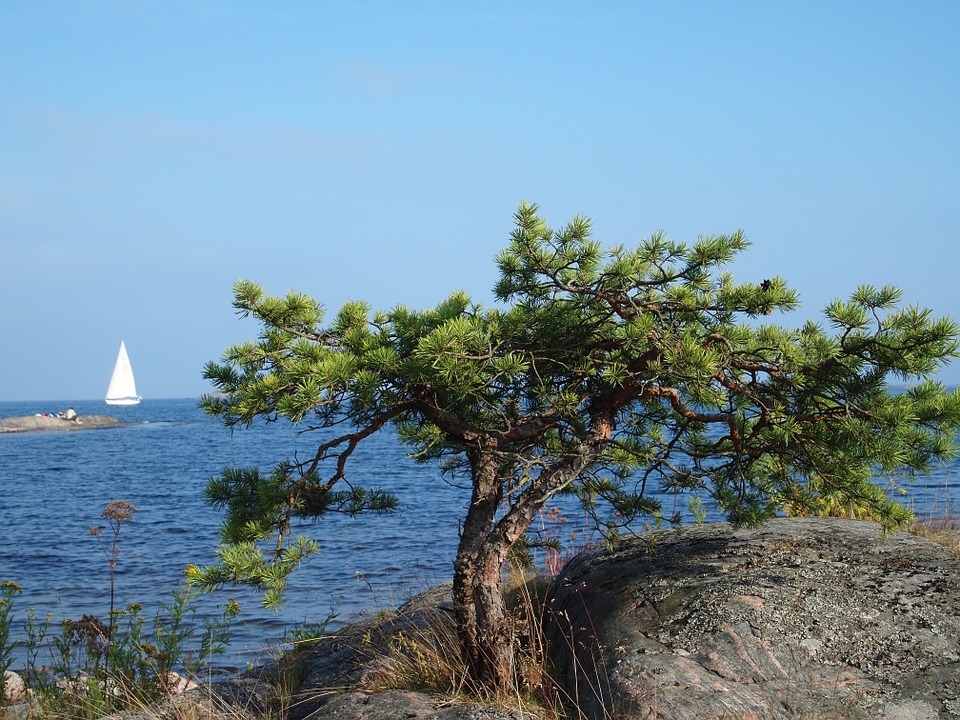Dirk Hattermann, Markus Bernhardt-Römermann, Annette Otte and Lutz Eckstein recently published the paper “Geese are overlooked dispersal vectors for vascular plants in archipelago environments” in Journal of Vegetation Science.
In the abstract, the authors write:
“Question 
We addressed the importance of gut‐mediated dispersal by Greylag Goose for vascular plants in archipelago environments and asked:
(i) What proportion of the local species pool is dispersed by geese?.
(ii) Which plant traits characterize species dispersed by geese?.
(iii) Which plant communities are likely to benefit from endozoochory by geese?.
Location
Three Swedish Baltic archipelagos. 
Methods
Goose droppings were collected on 45 islands. Plants germinating from the droppings represent the endozoochorous species pool (ESP). On 108 islands, the presence of vascular plants was recorded in each habitat. These species represent the island species pool (ISP). Differences in functional traits between ESP and ISP were expressed as effect sizes and tested using meta‐regressions. Using indicator species analyses and indicator species for managed semi‐natural grasslands, we identified the primary habitats of the ESP.
Results
Geese dispersed viable diaspores of 97 plant species, which represents 22% of the ISP. Most ESP species were typical for small islands. Geese dispersed a higher proportion of graminoids and less woody plants, higher proportions of chamaephytes and therophytes and less phanerophytes; annuals and bi‐annuals were significantly overrepresented. One average, seed volume of the ESP was 95 % smaller than that of the ISP. About 51% of all ESP species were dispersed in at least two archipelagos. Geese showed a bias towards species of rocky shore habitats.
Conclusion
Geese potentially disperse large amounts of diaspores of many terrestrial island plant species. Through their feeding behaviour, geese select species with certain suites of traits from the regional species pool. Plant dispersal by geese may benefit plants species of rocky shores, but species of formerly managed semi‐natural grasslands may also find refuge sites on epilittoral shores after goose‐mediated dispersal. The relative importance of geese as dispersal vectors may increase under ongoing land‐use changes and cessation of grazing networks.”
Access the paper here, or contact any of the authors.
 För ungefär en månad sedan uppmärksammade vi en forskningsartikel som handlade om hur grågåsen genom sin spillning är viktig för växters spridning på skärgårdsöar i Östersjön (läs inlägget här). Lutz Eckstein, Professor i NRRV, är medförfattare på artikeln.
För ungefär en månad sedan uppmärksammade vi en forskningsartikel som handlade om hur grågåsen genom sin spillning är viktig för växters spridning på skärgårdsöar i Östersjön (läs inlägget här). Lutz Eckstein, Professor i NRRV, är medförfattare på artikeln.




